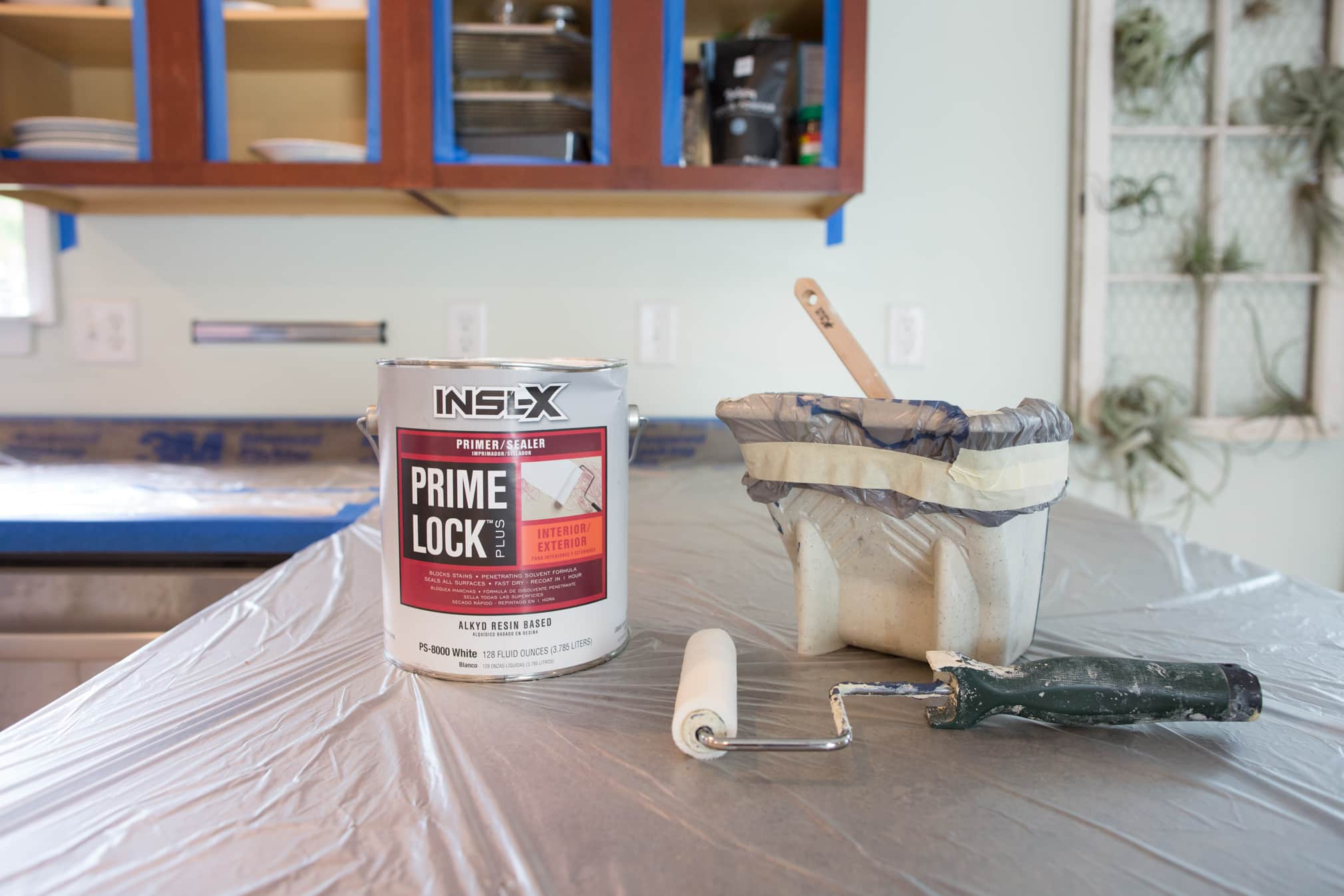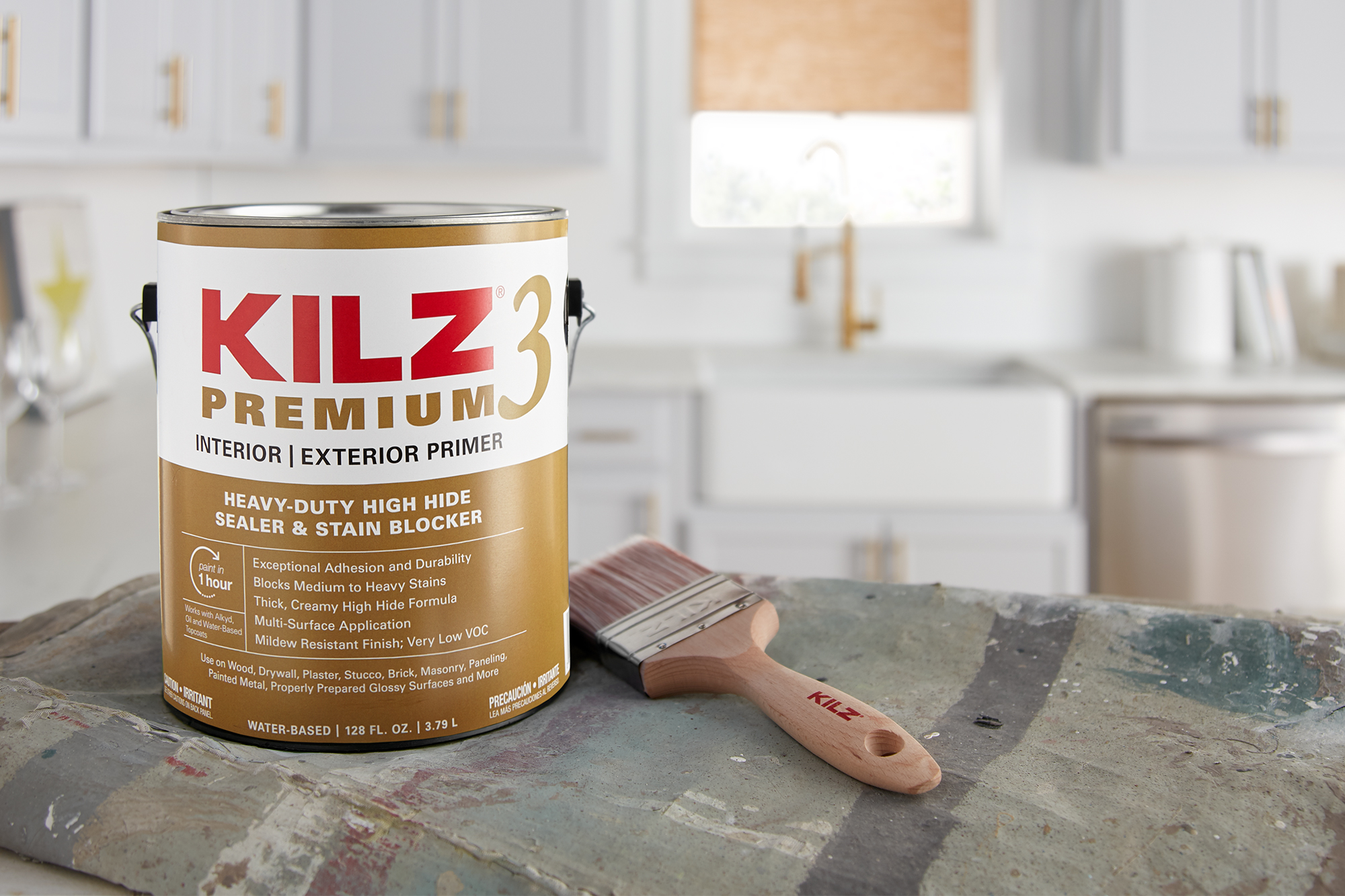Top 5 Primer Choices for Kitchen Cabinets in the UK

Choosing the right primer is crucial for achieving a durable and beautiful finish on your kitchen cabinets. A good primer ensures excellent adhesion of the topcoat, provides a smooth surface, and can even help to cover imperfections in the wood. This guide will explore five popular primer options readily available in the UK, detailing their properties and application.
Top 5 Primer Choices for Kitchen Cabinets in the UK: A Ranked List
The following table presents a ranked list of five popular primers, considering factors such as ease of application, coverage, and overall performance. Pricing is approximate and can vary depending on retailer and size of tin. Application methods are typical; always check the manufacturer’s instructions.
| Rank | Primer | Manufacturer | Price Range (£) | Application Method |
|---|---|---|---|---|
| 1 | Zinsser Bulls Eye 1-2-3 | Zinsser | 20-35 | Brush, roller, spray |
| 2 | Rust-Oleum Universal All Surface Primer | Rust-Oleum | 15-25 | Brush, roller, spray |
| 3 | Crown Universal Primer Undercoat | Crown | 10-20 | Brush, roller |
| 4 | Leyland Trade Vinyl Matt Primer Undercoat | Leyland | 12-22 | Brush, roller |
| 5 | Dulux Supergrip Primer | Dulux | 18-30 | Brush, roller |
Surface Preparation Before Primer Application
Thorough surface preparation is paramount for a successful paint job. Neglecting this step can lead to peeling, chipping, and an uneven finish. The following steps should be followed for each primer type, adapting to the specific condition of your cabinets.
Best primer for kitchen cabinets uk – The preparation process generally involves:
- Cleaning: Remove grease, dirt, and grime using a suitable detergent and warm water. Allow to dry completely.
- Repairing: Fill any holes or cracks with wood filler, allowing it to dry and sand smooth.
- Sanding: Sand the entire surface to create a smooth, even base. Use progressively finer grades of sandpaper, starting with a coarser grit and finishing with a fine grit. This helps the primer adhere better.
- Deglossing: For glossy surfaces, use a deglosser to remove the shine. This improves primer adhesion.
- Priming: Apply the primer according to the manufacturer’s instructions. Allow sufficient drying time between coats.
Drying Times and Coverage Areas
Drying times and coverage vary depending on the primer, environmental conditions (temperature and humidity), and the number of coats applied. Always refer to the specific product label for accurate information.
| Primer | Typical Drying Time (per coat) | Approximate Coverage (per litre) |
|---|---|---|
| Zinsser Bulls Eye 1-2-3 | 1-2 hours | 12-14m² |
| Rust-Oleum Universal All Surface Primer | 2-4 hours | 10-12m² |
| Crown Universal Primer Undercoat | 2-3 hours | 10-12m² |
| Leyland Trade Vinyl Matt Primer Undercoat | 2-4 hours | 10-12m² |
| Dulux Supergrip Primer | 1-2 hours | 12-14m² |
Primer Types and Their Suitability for Different Cabinet Materials

Choosing the right primer is crucial for achieving a durable and beautiful finish on your kitchen cabinets. The type of primer you select will significantly impact the final result, depending on the material of your cabinets. Different primers offer varying levels of adhesion, stain-blocking capabilities, and overall performance. Understanding these differences is key to a successful painting project.
The selection of primer depends heavily on the substrate. Cabinet materials vary widely, and each requires a specific approach to ensure optimal paint adhesion and longevity. Incorrect primer selection can lead to peeling, chipping, and an unsatisfactory final look. This section will guide you through the different primer types and their compatibility with various cabinet materials.
Primer Types and Suitable Materials
Several primer types cater to the diverse needs of kitchen cabinet painting. Each possesses unique properties that make it better suited to specific materials. Careful consideration of these properties is essential for a successful outcome.
- Oil-based primers: Excellent for sealing porous surfaces like wood and providing a durable base for paint. They offer superior adhesion and blocking power, particularly for strong stains or knots. However, they have a longer drying time and require mineral spirits for cleanup.
- Water-based primers: Easier to clean up (with soap and water) and faster drying than oil-based primers. They are suitable for most cabinet materials, including wood, MDF, and melamine, but might require more coats for complete stain blocking.
- Shellac-based primers: Ideal for knotting and sealing wood, offering excellent stain blocking properties. They dry quickly and are compatible with various paint types, but are less durable than oil-based primers and can be more sensitive to moisture.
Advantages and Disadvantages of Primer Types
Weighing the advantages and disadvantages of each primer type is vital for informed decision-making. This table summarizes the key aspects to consider for kitchen cabinet painting.
| Primer Type | Advantages | Disadvantages |
|---|---|---|
| Oil-based | Excellent adhesion, superior stain blocking, durable finish | Strong odour, long drying time, requires mineral spirits for cleanup |
| Water-based | Easy cleanup, fast drying, low odour | May require multiple coats for stain blocking, less durable than oil-based |
| Shellac-based | Excellent stain blocking, fast drying, compatible with various paints | Less durable than oil-based, sensitive to moisture |
Application Techniques for Different Primer Types and Materials
Proper application techniques are crucial for optimal results. The method should be tailored to both the primer type and the cabinet material to ensure even coverage and adhesion.
- Oil-based primer on wood: Apply with a high-quality brush or roller, ensuring even coverage. Allow ample drying time between coats. Sand lightly between coats for a smooth finish.
- Water-based primer on MDF: Use a roller or brush for even application. Multiple thin coats are preferable to one thick coat to avoid runs and drips. Allow sufficient drying time between coats.
- Shellac-based primer on melamine: Apply thin coats with a brush or roller, ensuring complete coverage. Melamine is a non-porous surface, so a light sanding may not be necessary between coats. Allow for adequate drying time before painting.
Addressing Common Kitchen Cabinet Painting Problems with Primer: Best Primer For Kitchen Cabinets Uk

Choosing the right primer is paramount for a successful kitchen cabinet painting project. A well-chosen primer acts as a crucial intermediary between the cabinet surface and the topcoat, preventing common painting issues and ensuring a durable, beautiful finish. Ignoring this step can lead to significant problems, requiring costly rework or even a complete repaint. This section will explore common problems and how the right primer can solve them.
Common Kitchen Cabinet Painting Problems and Their Primer-Based Solutions, Best primer for kitchen cabinets uk
Understanding the potential pitfalls of painting kitchen cabinets is vital for a successful outcome. The correct primer acts as a preventative measure against many common issues, saving time, money, and frustration. Here are some frequently encountered problems and how primer selection addresses them:
- Bleed-through: Dark stains or knots in the wood can bleed through the topcoat, ruining the final finish. An effective stain-blocking primer, often oil-based or shellac-based, prevents this by creating a barrier against the underlying pigments.
- Poor Adhesion: A lack of proper adhesion between the paint and the cabinet surface leads to peeling, chipping, and a generally unsatisfactory finish. A primer specifically designed for the cabinet material (e.g., melamine, MDF, wood) ensures a strong bond, promoting long-lasting results. For example, a primer designed for melamine will provide better adhesion than a standard primer.
- Uneven Finish: An uneven surface can result in an uneven paint finish, highlighting imperfections and creating an unprofessional look. A high-quality primer fills minor imperfections and creates a smooth, even surface, allowing for a flawless topcoat application. A good primer acts as a levelling compound.
- Water Damage: Previous water damage can compromise the integrity of the cabinet surface, leading to poor adhesion and uneven paint application. A moisture-resistant primer helps to seal the damaged areas, providing a stable base for the paint and preventing further damage.
Applying Primer to Kitchen Cabinets for a Smooth Finish
Proper application is crucial to ensure the primer’s effectiveness and achieve a professional-looking finish. Follow these steps for optimal results:
- Preparation: Thoroughly clean the cabinets with a degreaser to remove any grease, dirt, or grime. Sand lightly to create a slightly rough surface for better adhesion. This step is crucial; a clean surface ensures the primer adheres properly.
- Primer Selection: Choose a primer appropriate for the cabinet material and the existing surface condition. Consider whether stain-blocking, adhesion-promoting, or moisture-resistant properties are needed.
- Application: Apply the primer evenly using a high-quality brush, roller, or sprayer. Work in thin, even coats, avoiding drips or runs. Allow each coat to dry completely before applying the next.
- Sanding (Optional): Lightly sand between coats to create a perfectly smooth surface, particularly if imperfections remain. This step enhances the overall finish. Use fine-grit sandpaper and wipe clean before applying the next coat.
- Inspection: Before applying the topcoat, carefully inspect the primed surface for any imperfections. Address any issues before proceeding to the final painting stage.
Visual Description of a Poor Finish Due to Incorrect Primer
Imagine a set of once-beautiful oak kitchen cabinets, now marred by a patchy, uneven finish. Dark brown knots bleed through the cream-coloured paint in numerous places, creating a mottled, unprofessional appearance. In sections, the paint appears to be peeling slightly at the edges, revealing the underlying wood. The surface feels uneven to the touch, with raised areas where the primer failed to adequately smooth the wood grain. The overall effect is a jarring contrast between the intended clean look and the actual blotchy, inconsistent result – a clear indication that the wrong primer was used, or the application was flawed. The poor finish is visually distracting and diminishes the aesthetic appeal of the entire kitchen.
